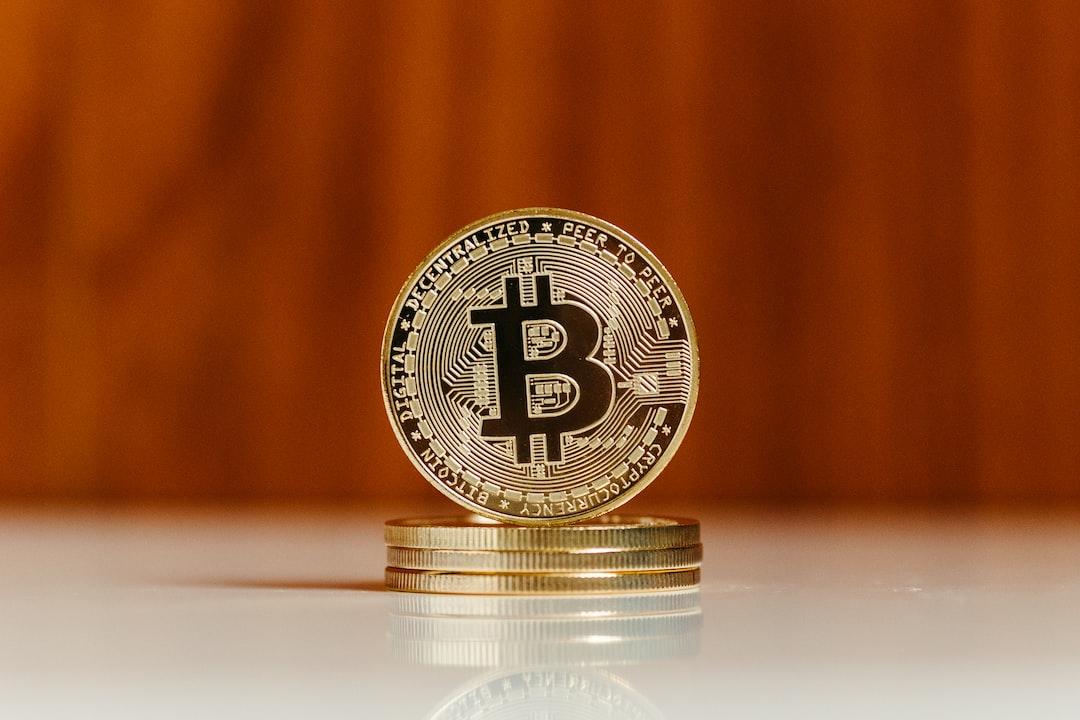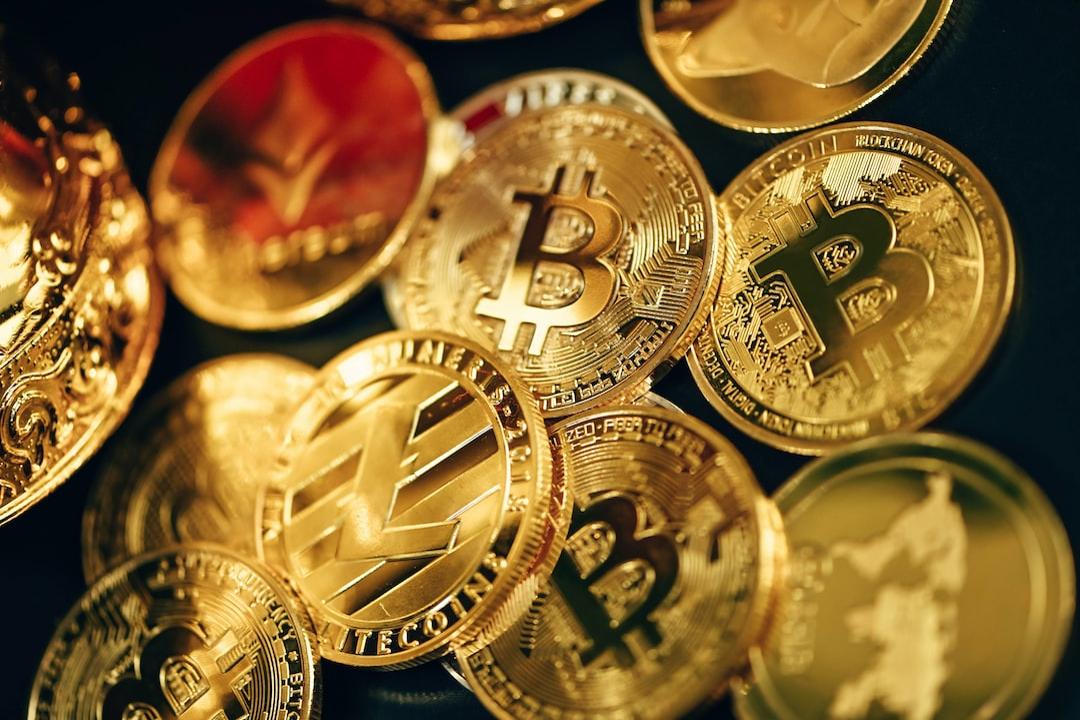Why did Worldcoin choose to build its own blockchain and enter the somewhat crowded L2 race?
After multiple migrations within the Ethereum ecosystem, on the evening of April 17th, Worldcoin, a crypto project co-founded by Sam Altman, announced the launch of its own Layer 2 network: World Chain. This means that Worldcoin can finally find its home in a scalable place.
So why did Worldcoin choose to build its own blockchain and enter the somewhat crowded L2 race?
The difficult path of Worldcoin blockchain scaling
The Worldcoin protocol has always aimed to be the world’s largest financial and identity network and the most inclusive project. However, if everyone in the world is able to easily join, it means that the system needs to be able to support billions of users. From a technical perspective, there is currently no blockchain that can meet the requirements of the Worldcoin protocol.
At the end of 2020, the Worldcoin team discovered the Hubble project and began implementing a higher-performance sorter. Hubble’s original hybrid zk/optimistic design featured BLS signature aggregation, custom compressed transaction formats, and fraud proofs, and successfully supported the early applications developed by the Worldcoin protocol, such as the World App. This app expanded to approximately 700,000 users in the Alpha stage.
However, Hubble’s design proved to be limiting in terms of user and developer experience because it only allowed simple transfers and required protocol upgrades to add new transaction types. But at this point, Worldcoin’s user demands were no longer just simple holding or sending of WLD tokens. The World App began to deploy secure accounts for users, provide access to other tokens, and allow for gasless meta-transactions. As a result, the core contributors of Worldcoin decided to migrate to the Polygon PoS network, which was the only high-performance and low-cost network in the Ethereum ecosystem at the time.
As time went on, in July 2023, shortly before the release of Worldcoin’s testnet, Worldcoin believed that Ethereum Rollup was mature enough and migrated to the OP mainnet. At that time, Worldcoin’s user base had grown to approximately 2 million. However, as the project launched, it quickly became apparent that the entire L2 ecosystem for the Worldcoin project was still in its early stages, and many areas in the infrastructure stack still needed improvement, such as the OP mainnet itself, relay infrastructure, RPC providers, and more.
The migration to L2 also exposed many inefficiencies in on-chain activities. Additionally, the recent L2 activity solicitation led to a more than 20-fold increase in L1 gas prices for a period of time. Fortunately, Ethereum’s “Dencun” upgrade, EIP-4844, was released in February 2024, and Worldcoin users no longer had to worry about gas prices. However, EIP-4844 did not solve Ethereum’s long-term scalability issues, and the mainnet still needs to undergo a series of long-term improvements, such as Danksharding.

In the current stage, Worldcoin user transactions account for 44% of OP mainnet activity per month, and this value can rise to over 80% during peak periods, sometimes even exceeding the limit. Considering the size and growth rate of the community, it is time for Worldcoin to turn to a dedicated network – World Chain, which is now being developed.
World Chain: Scaling Worldcoin and L2
Currently, it would take years of significant improvements for both L1 and L2 to meet Worldcoin’s on-chain needs. For the Worldcoin Foundation, L2 can serve as a place for experimentation and innovation. On the other hand, onboarding everyone in the world onto the chain is an extremely challenging task that goes beyond the capacity of any single entity. Therefore, Worldcoin chose to become part of the superchain, along with Optimism, Coinbase, and the broader Ethereum ecosystem, to launch a dedicated L2 network: World Chain.
World Chain is a new type of blockchain designed specifically for humans and open to everyone. Compared to robots, verified humans will have priority access to block space and gas subsidies for temporary transactions. Anyone can submit transactions to World Chain, but transactions created by humans will be given priority for faster confirmation times. Developers can access millions of real users around the world by developing applications on World Chain.
In addition, World Chain will be deeply integrated with the Worldcoin protocol and utilize World ID for identity verification, aiming for permissionless and open-source goals. The blockchain will eventually be independently governed by the community. According to Worldcoin, the developer preview of World Chain will be released soon, with full launch expected later this summer.
It is worth mentioning that World Chain will not attempt to cover all possible blockchain use cases. With the resistance to Sybil attacks provided by World ID, its goal is to create a decentralized financial and identity application ecosystem focused on everyday practicality, built around Worldcoin, stablecoins, payments, rewards, lending, exchanges, and more.

World Chain is an OP Stack chain that focuses on scalability. The short-term goal is to significantly increase the gas limit of the L2 blockchain. However, it is important to note that this goal carries certain risks and cannot be blindly pursued. Therefore, Worldcoin has decided to proceed in a more secure manner and meet application needs by studying the worst performance scenarios.
According to Worldcoin, in addition to improvements in the execution layer, World Chain will explore alternative data availability (DA) layers, including a DA layer similar to Plasma. While EIP-4844 alleviated the current Ethereum throughput bottleneck, the data availability layer issue may arise again in the future if the Worldcoin user base continues to grow. At some point, World Chain may need to switch to an alternative DA layer to achieve further growth without burdening users with high fees.

How does World Chain and the superchain achieve a win-win situation?
Choosing OP Stack is actually a “shortcut” for Worldcoin. By building shared standard blockchain software with OP Stack, Worldcoin will gain scalability and low-cost advantages. At the same time, the Optimism ecosystem can benefit from the on-chain revenue generated by World Chain, which will be used to fund open-source development and other improvements to the network, benefiting both builders and users. This economic model allows the superchain to achieve self-sustainability in terms of network value.
By joining the superchain, World Chain will be able to interact with other blockchains such as Base, Mode, OP Mainnet, and Zora, and support developers of Worldcoin to continue contributing directly to the Ethereum network and collaborate with the superchain ecosystem on shared infrastructure. In addition, after the early OP Chains, World Chain also plans to actively participate in the governance of Optimism.
In summary, the core vision of Worldcoin is to drive people from all over the world onto the chain. Based on the expanding World ID digital identity ecosystem, more and more people will be able to contribute to governance, DeFi, social media, games, and various other aspects. The goal of World Chain is simple: to build a scalable and inclusive blockchain future, unlock on-chain identity, and establish a fairer digital economy for everyone.
Tags: Gas, Optimism, PANews, World Chain, Worldcoin, Ethereum, infrastructure
Source link:
https://www.panewslab.com/zh/articledetails/m4yhazox.html
Note: The views expressed in this article represent the opinions of the author and do not constitute investment advice.


